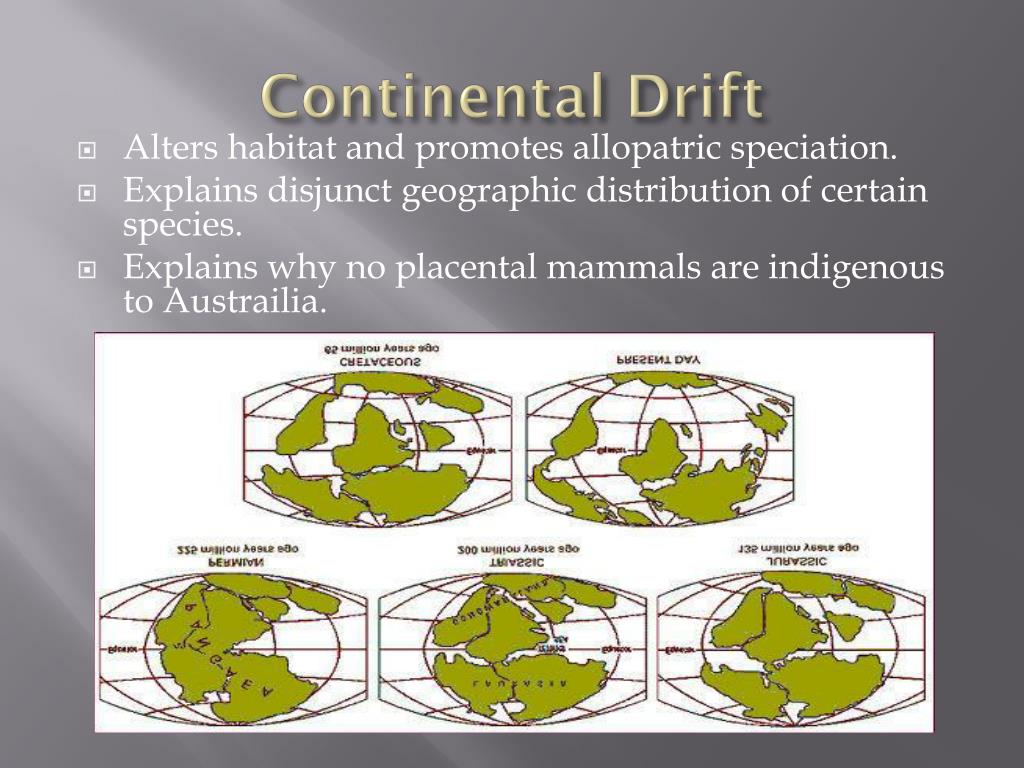
Over time, repeat application of pesticides increases pest resistance, while its effects on other species can facilitate the pest's resurgence. Other problems emerge from poor production, transport, storage and disposal practices. Runoff and pesticide drift can carry pesticides into distant aquatic environments or other fields, grazing areas, human settlements and undeveloped areas. The negative effects of pesticides are not just in the area of application. Other agrochemicals, such as fertilizers, can also have negative effects on the environment. Over 98% of sprayed insecticides and 95% of herbicides reach a destination other than their target species, because they are sprayed or spread across entire agricultural fields. Pesticides, because they are toxic chemicals meant to kill pest species, can effect non-target species, such as plants, animals and humans.

#DRIFTING LANDS INCREASING GRADE DRIVERS#
The unintended consequences of pesticides is one of the main drivers of the negative impact of modern industrial agriculture on the environment. The environmental effects of pesticides describe the broad series of consequences of using pesticides.

Aerial spraying is a main source of pesticide drift and application on loose topsoil increases the chance of runoff into waterways. Pesticides being sprayed onto a recently plowed field by tractor.


 0 kommentar(er)
0 kommentar(er)
